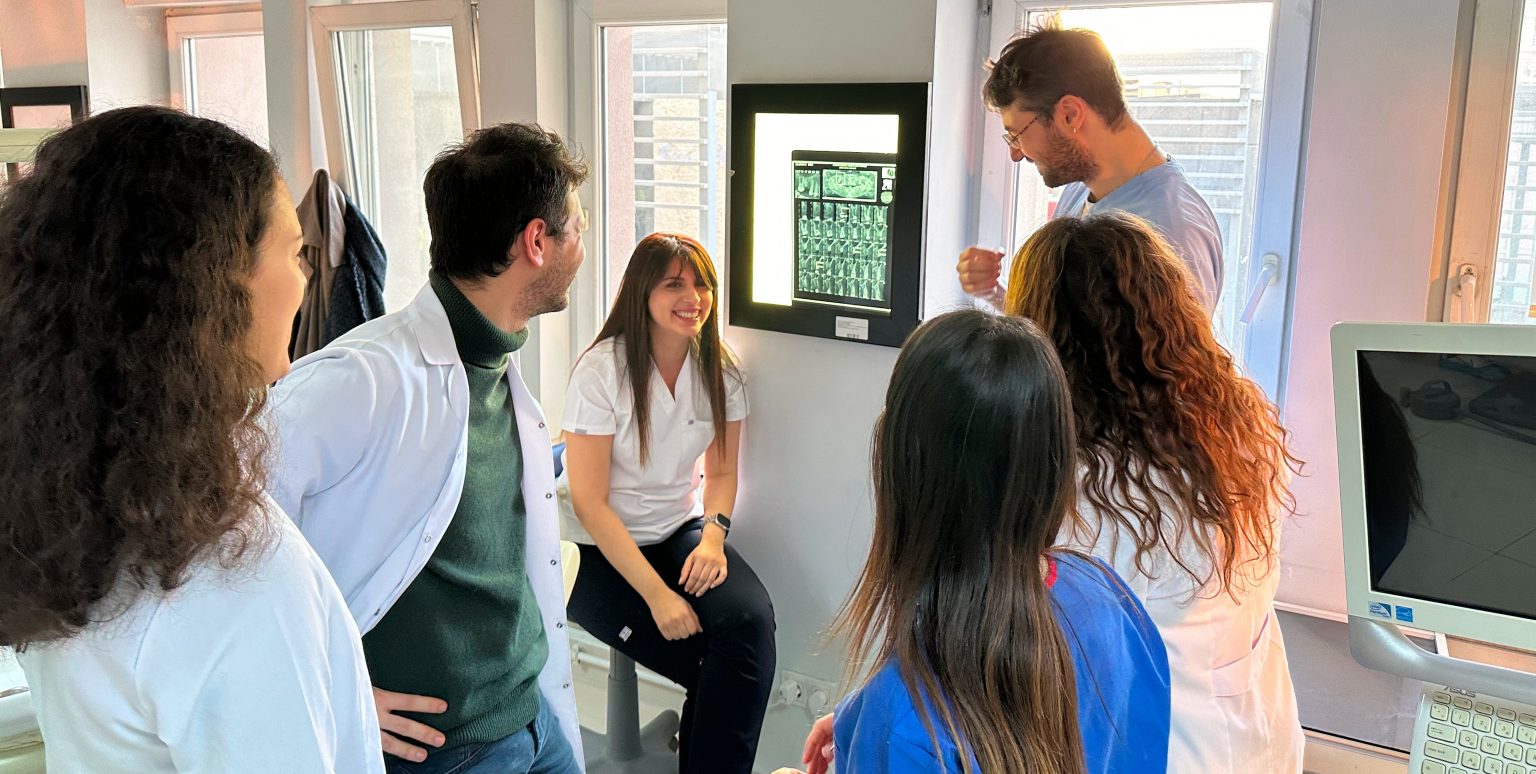Today’s dental patients are often very well informed. The internet (Berg 2005) and its powerful search engines allow patients to amass a mountain of information and thereby prepare comprehensively for their dental consultation in advance. This has, on the one hand, the potential to stimulate a healthy exchange with the dentist from the outset and facilitate an automatic segue into a patient-centered care approach. It can, on the other hand, also result in a difficult situation where the patient has assessed, diagnosed and prescribed a best solution for themself and is now looking for a patient-driven rather than a patient-centered approach. Patients are tending to behave more like consumers rather than recipients of health care services, viewing dentistry as a commodity. This, in particular, is a concern that affects the way implant treatment is viewed.
Towards patient-centricity
The concepts of patient-centricity or patient-centered care (PCC) have been gaining increasing recognition across health care over the past two decades (Hallo et al. 2021). There are variations in the definition of PCC but a representative example is “Putting the patient first in an open and sustained engagement of the patient to respectfully and compassionately achieve the best experience and outcome for that person and their family” (Yeoman et al. 2017). The concepts of patient-centricity or patient-centered care (PCC) have been gaining increasing recognition across health care over the past two decades (Reynolds 2009).
An important aspect of PCC is effective patient-centered communication that aims to understand the patient’s perspective by exploring their feelings, ideas, concerns and experience (Hashim 2017). In turn, this communication between the clinician and patient, together with the latter’s active and sustained engagement, forms the basis for shared decision-making (SDM) (Kasabreh et al. 2020)
Importantly, SDM is also the prerequisite for obtaining informed consent. It is good, standard medicolegal practice to ensure that dental patients are in receipt of all relevant information. Patients need to hear a comprehensive, structured assessment as well as an objective treatment proposal that includes neutral explanation of all applicable treatment options with their respective pros and cons, including the options of no treatment and the associated implications.
In addition to clinical expertise and best-available evidence, effective PCC is one of the three cornerstones of evidence-based dentistry (EBD); achieving all this may sound straightforward, in practice, it is often rather more difficult (Sadaf 2019).
The challenge of patient-centered communication
Integrating the best available evidence as part of a PCC approach can present a challenge. Clinicians need to strike a balance between enough and too much information. They need to deliver the information using language the patient can understand and in amounts the patient can take in (Sadaf 2019). It is an educational process in which the clinician has the role of the teacher.
Critical self-appraisal and patient-driven pressure
There is potential for conflict between the wish to provide the optimal treatment to all patients who seek it and an honest self-appraisal of one’s own clinical expertise and experience. As implant therapy has become part of the mainstream armamentarium for treating patients with missing teeth, it is also gaining increasing importance in daily general patient care. With the proven benefits of implant therapy backed by convincing patient-reported outcomes, there is significant patient-driven pressure on the clinician to provide implant therapy and also deliver excellent results.
In a patient-centered approach, it is essential to first consider all treatment options, both conventional and implant-assisted. If the given treatment indication is best served by implant therapy, the next step is then to assess the complexity of the treatment in the given case. Specifically for implant dentistry, the ITI SAC Classification (Dawson & Chen 2009) provides an internationally accepted and adopted means of objectively assessing patient case complexity and identification of risks. Based on this, clinicians can evaluate their own ability and experience of managing the degree of treatment difficulty and potential adverse events.
Adopting the concepts of PCC, SDM and EBD in daily practice
All the above illustrates how important it is for dental professionals to embrace the concepts of PCC, SDM and EBD together with the benefits and challenges they pose as part of their treatment offering.
A format that is well suited to demonstrating the three concepts is case-based learning (CBL). While often undertaken in smaller groups (Thistlethwaite et al. 2012), it also adapts well to other formats to serve as an effective means of demonstrating and exploring patient-centered, evidence-based care in daily practice. The ITI International Team for Implantology has chosen to integrate this case-based approach into both its forthcoming ITI World Symposium 202ONE and the next ITI Consensus Conference in 2023.
In the online ITI World Symposium 202ONE, seven patients pose their needs, preferences, and concerns to an international faculty of clinicians. Mirroring daily consultations in dental practice, the clinicians will seek to arrive at individually patient-centered, evidence-based recommendations for each of the patients. They will directly address their wishes and concerns, implant treatment indications, complexity and the specific modifying factors for each patient. Further mirroring clinical practice, the presenters will also join in multidisciplinary team debates and Q&A interaction with the online audience.
Similarly, the focused research questions to be addressed by the 7th ITI Consensus Conference in 2023 will be formulated from the perspective of patients and or clinicians. This will optimize relevance to questions encountered in contemporary daily dental practice. It will also allow a broader scoping of both established and emerging evidence in both systematic and narrative reviews.
Both these projects are putting the patient firmly center-stage. They confirm and demonstrate the definite shift of the patient/practitioner relationship towards individualized treatment approaches and shared decision-making. The journey towards fully patient-centered care has achieved a number of important milestones – there is still a way to go.






